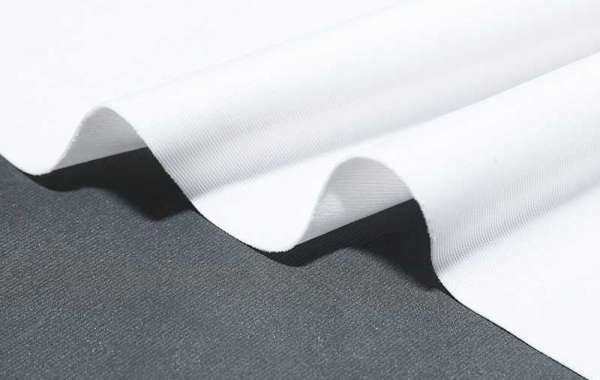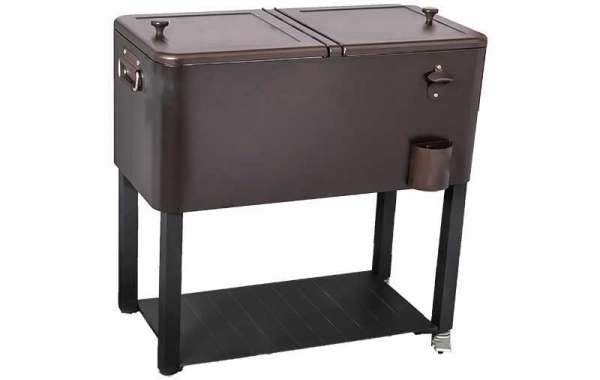The hydraulic clutch can automatically compensate for the wear of the friction element depending on the stroke, and it is easy to realize serialization and standardization. Therefore, it is widely used in machine tools, engineering machinery and ships that require compact structure, frequent engagement, high speed and remote operation.
Features:
1) The transmission torque is large and the volume is small. When the size is the same, the transmission torque is 3 times larger than the electromagnetic clutch;
2) No impact, smooth starting and commutation, but the desperate speed is not as fast as the pneumatic clutch.
classification:
According to the structure:
According to the structure of the hydraulic clutch, it can be divided into a rotary hydraulic cylinder and fixed hydraulic cylinder.
The former has a compact structure and small dimensions, but due to the rotation of the hydraulic cylinder, the moment of inertia is large, the oil inlet joint is more complicated, and the oil in the hydraulic cylinder has centrifugal force during rotation, which causes the oil pressure on the piston to be unevenly distributed.
Since the fixed hydraulic cylinder does not rotate, the moment of inertia is small, the oil intake structure is simple and reliable, and the operation cycle is faster. The return spring force can be smaller, but the external size is larger, and the larger thrust bearing is required, and the manufacturing is relatively complicated.
According to the working principle:
The hydraulic clutch can be divided into jaw type and friction type according to the working principle of coupling element transmission.
The jaw clutch uses the teeth on the end faces of the two clutch halves to engage or disengage each other to achieve the clutch between the main and driven shafts. The teeth are rectangular, trapezoidal, triangular, zigzag, spiral and other forms. The advantage is that the transmission torque is large, the external size is small, the structure is simple, and it does not slip when working, and it can ensure the synchronous rotation of the main and driven parts without friction loss.
The friction clutch uses the friction between the joining elements to achieve the purpose of transmission. The advantage is that the clutch is smooth, smooth, and has no impact. It can be clutched and connected at a high-speed difference, and it has a safety protection effect when it is overloaded, and it has high adaptability.
The hydraulic clutch is a kind of automobile clutch, and its transmission device adopts hydraulic transmission.
The working principle of the hydraulic clutch: When the clutch pedal is stepped on, the piston of the master cylinder is moved to the left through the pushrod, the oil in the master cylinder and the pipeline is pressurized, and the pressure increases. Under the action of oil pressure, the cylinder piston is also pushed to the left, pushing the release pedal, and driving the release bearing to separate the clutch.
Advantages of hydraulic clutch: 1. Easy to operate and comfortable. 2. The frictional resistance is small, and the pedal force will not increase significantly after a long-term operation.
Taizhou Benwo Auto Parts Co., Ltd. not only has Hydraulic Clutch Bearing but is also a China Release Bearing Manufacturer. Welcome to visit our official website.







